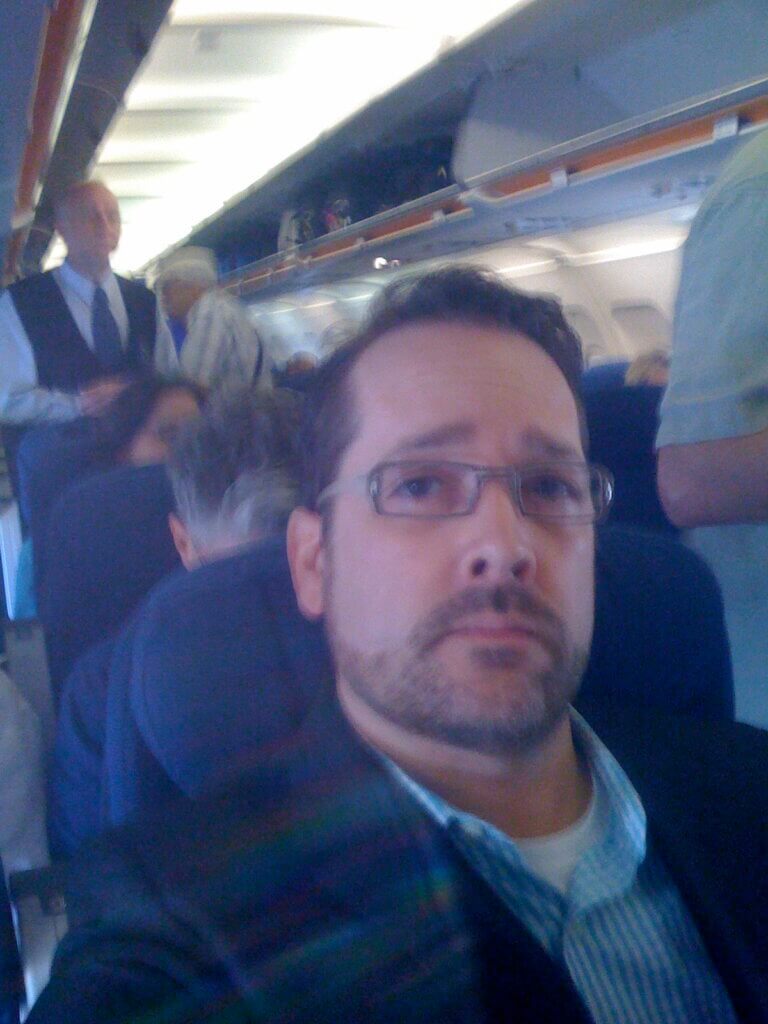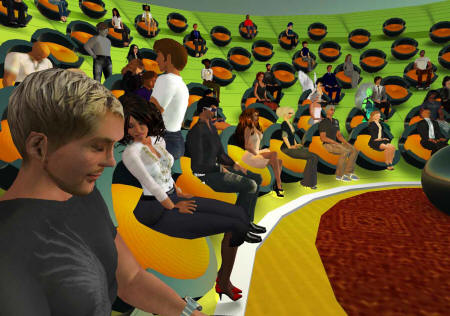The Stranger on the Airplane

Long ago, when I was a British college student, I would set off to explore Europe each summer. There were no budget flights in those days, so I traveled by train. Some of my trips lasted days, but I loved the journey because of the people I met. I still remember the G.I. returning from Vietnam, now a Denver judge. The Belgium cabinet minister who tried for several hours to convert us to communism. And the cute Irish postgraduate student who…well never mind.
Now I live in the U.S. where trains are a rarity, at least in my part of the world. So I fly when it doesn’t make sense to drive. And I still enjoy striking up conversations with the stranger(s) sitting next to me. I’m not pushy—some people don’t want to talk, and that’s fine—but, more often than not, we end up exploring each other’s lives for a few hours. Over the last few years I remember, among others, the French airline executive who kissed me on both cheeks when we parted, the nun who visited prisoners and showed me years of correspondence, the fascinating sales director of a major internet hosting company, the lay ministry provider of counseling support for military families, and the British basketball agent who also owned a debt collection agency.
Some of these people shared intimate things about their lives during our time together. Things I doubt they shared with most of the people they worked with every day. They did this because we were never going to meet again. For a few hours, they were with the Stranger on the Airplane. And, of course, they were my Strangers on the Airplane, and sometimes I told them intimate things as well.
The Stranger on the Airplane during Conferences That Work
I’ve seen a similar thing happen at Conferences That Work. The intimacy is not as deep initially, because, I think, attendees are aware that they may meet another time if the conference is held again. On the other hand, if they do meet a sharer again, attendees have an opportunity to go deeper. I find it strange, yet enjoyable, to meet people once a year and expand my connection on each occasion in unforeseen ways.
In my experience, the majority of people (on airplanes and at conferences, at least) enjoy talking quite freely with strangers who they trust. Because the ground rules support a confidential, safe environment this potential of intimacy is present at Conferences That Work. I like that. How about you?
Image attribution: flickr user davitydave – creative commons share alike 2.0 generic


